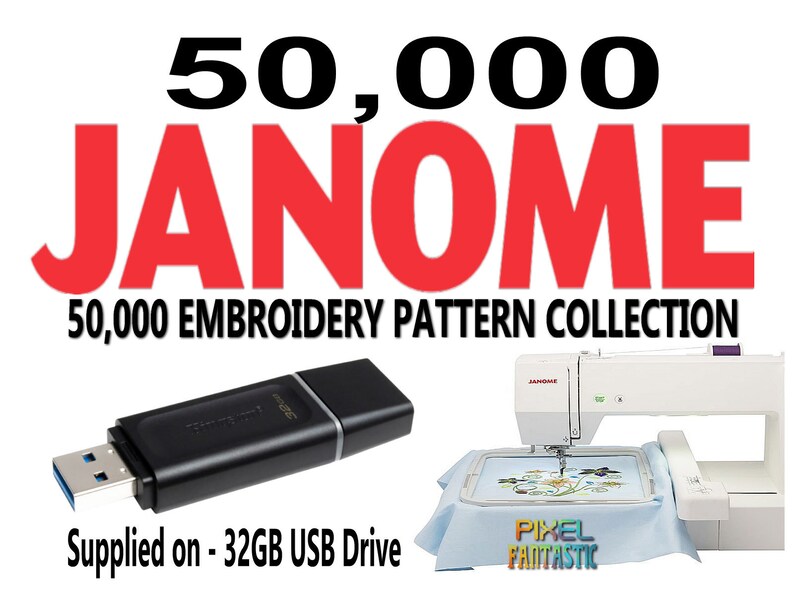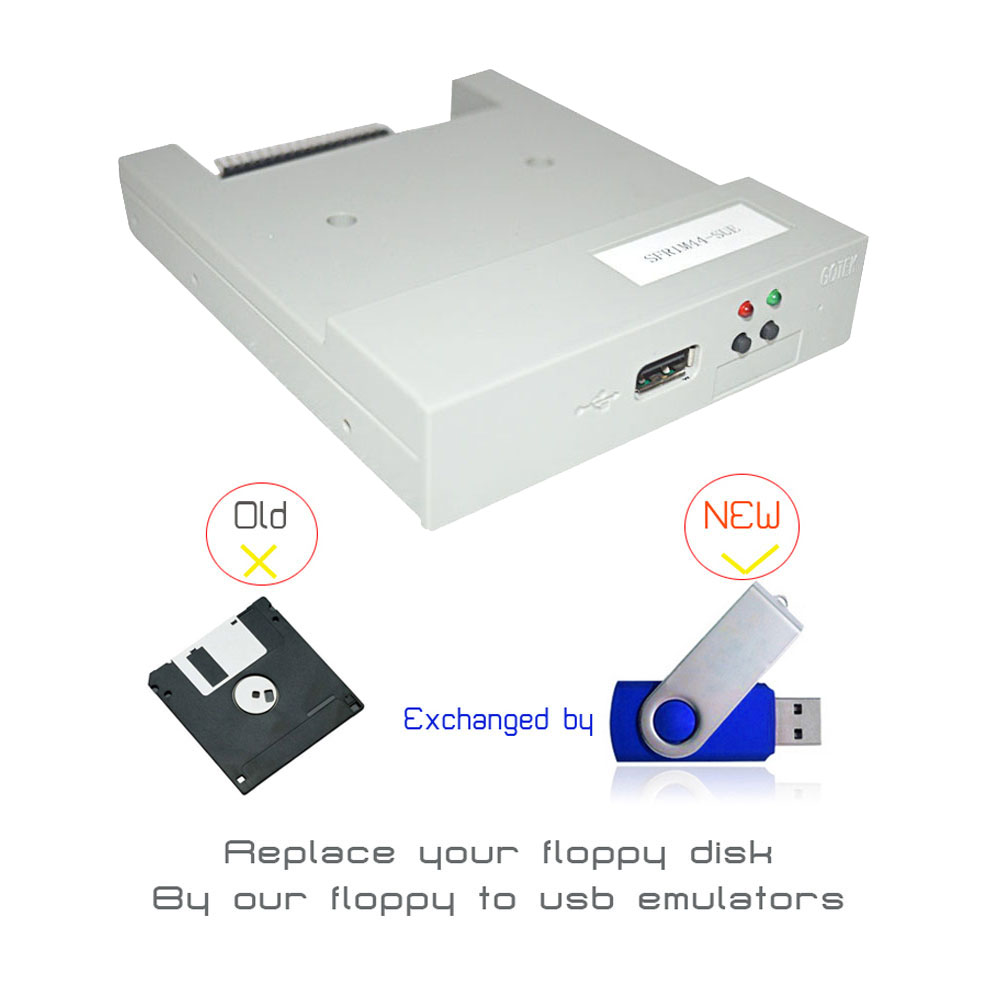
- #HOW TO FORMAT USB DRIVE FOR EMBROIDERY MACHINES HOW TO#
- #HOW TO FORMAT USB DRIVE FOR EMBROIDERY MACHINES ZIP FILE#
- #HOW TO FORMAT USB DRIVE FOR EMBROIDERY MACHINES ZIP#
#HOW TO FORMAT USB DRIVE FOR EMBROIDERY MACHINES ZIP#
Zip files work the same way: you have to unpack (extract) the files before you can use each one. To access the items, you’ll have to open the suitcase and unpack.
#HOW TO FORMAT USB DRIVE FOR EMBROIDERY MACHINES ZIP FILE#
It might be helpful to think of a zip file as a suitcase: your friend has several things they want to give you, so they stuff all of the items into a suitcase and hand it to you. Zipped (compressed) files are put into one folder in order to allow a lot of data to be sent at one time.

When you double-click on this directions folder, you’ll be able to view the directions for the project on screen or choose to print them out (File>Print).


When you double-click on this folder, you’ll be able to view the project directions on screen or choose to print them out (File>Print). You should be able to see everything that’s on the disk in your main window.
#HOW TO FORMAT USB DRIVE FOR EMBROIDERY MACHINES HOW TO#
Here’s a step-by-step of how to download a design from a Kimberbell CD: Once you’ve determined which file format is best for your machine, it’s time to load your design and get stitching! You’ll start by downloading the file (with the correct extension) from your CD or other media (email attachment, Internet download, etc.). Again, it’s always best to use the native format! If a design is loaded with the wrong file extension, your machine will either: 1) not be able to read the file at all, or 2) read the file but misinterpret many of the steps (e.g. What Happens When the Wrong File Type is Used? You can also look up the machine’s name, make, and specific model number, including the file type you’re trying to find. The best way to learn your machine’s language (file format) is to check your manual. Otherwise, misinterpretation is bound to happen. Embroidery machines are the same way they perform best when a design is in their primary language. Although you may be somewhat conversant in Chinese, chances are you won’t catch every single nuance because it’s not your native tongue. Think of it this way: If English is your primary language, you’re always going to communicate the very best in English-even if you learn a second or third language.

Your machine may read (and somewhat understand) other languages, but it will always perform better when an embroidery design is in the machine’s native format. Simply put, file formats are an embroidery machine’s language. So, with all of these mysterious abbreviations to choose from, how do you know which file type is best for your machine? Let’s talk about the different embroidery machine file types, as well as how to transfer a design from Kimberbell CD to a USB stick. When you purchase a Kimberbell CD or USB, you’ll see that we provide ALL of the embroidery machine formats for each design (ART, DST, EXP, HUS, JEF, PES, VIP, VP3, XXX). Choosing (and Loading) the Right File Type


 0 kommentar(er)
0 kommentar(er)
